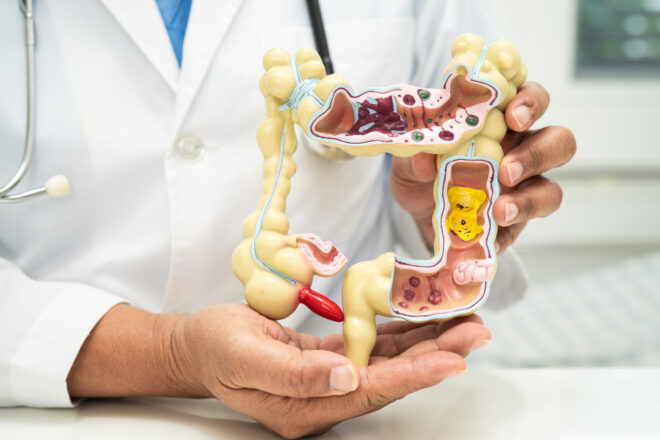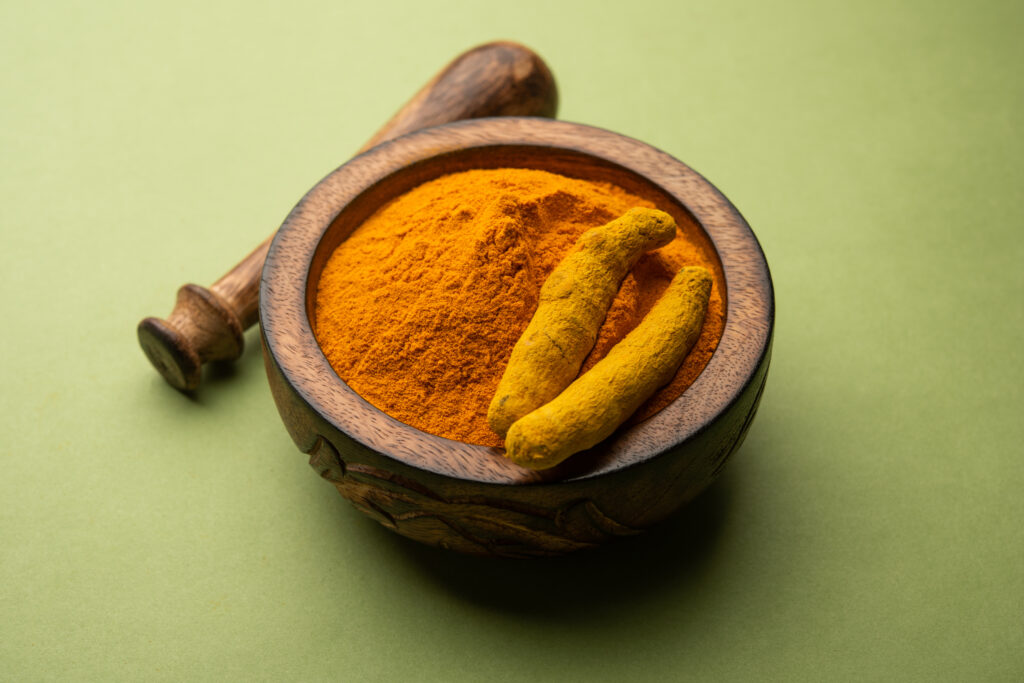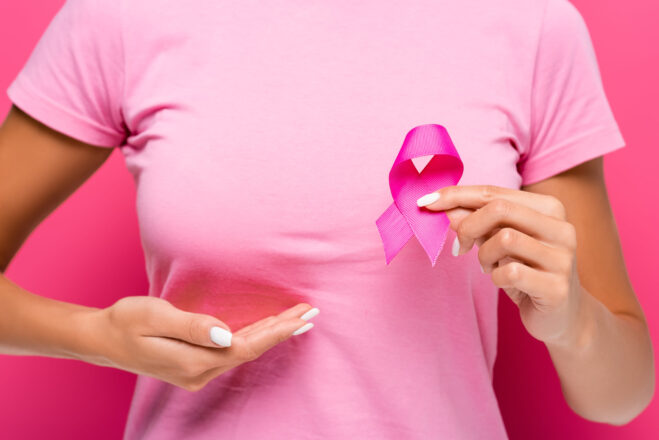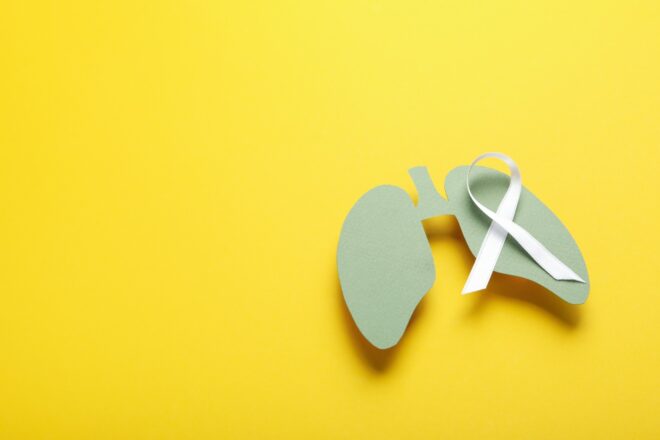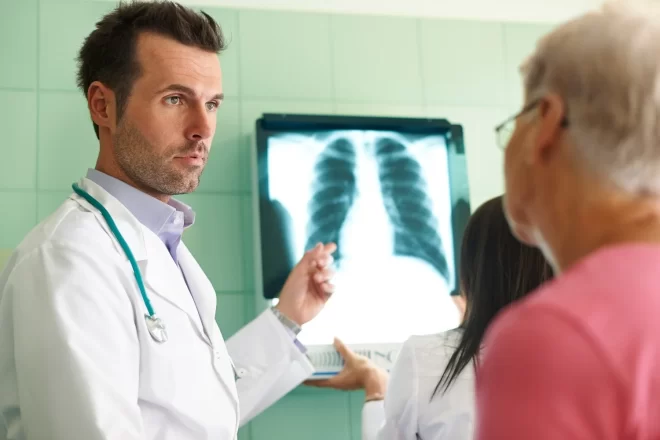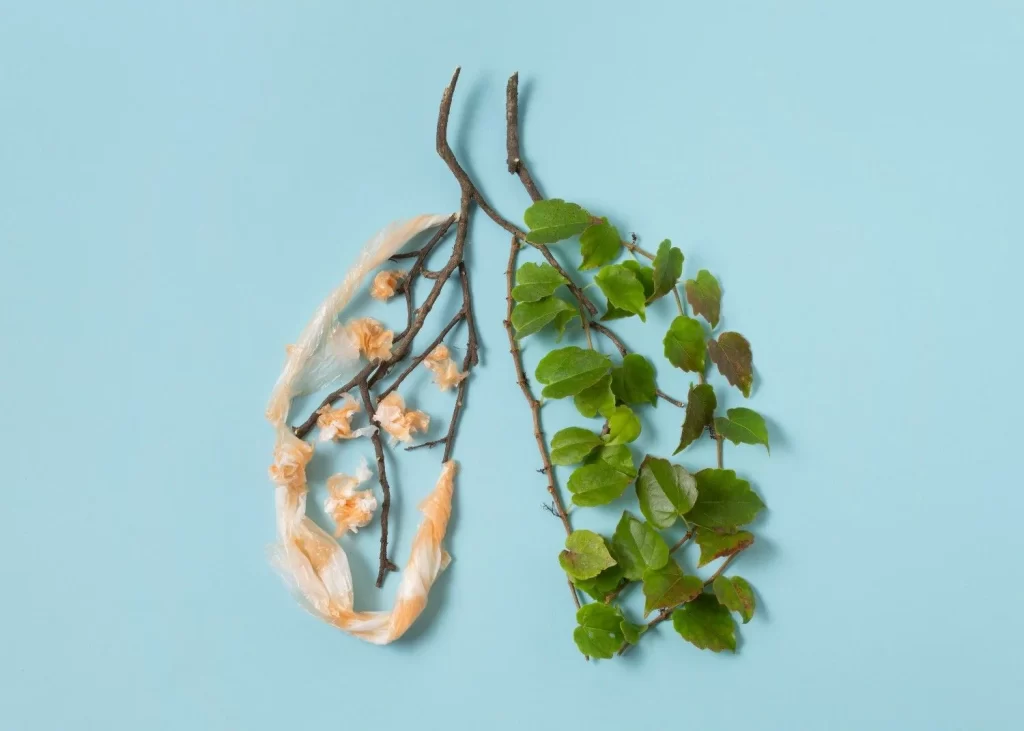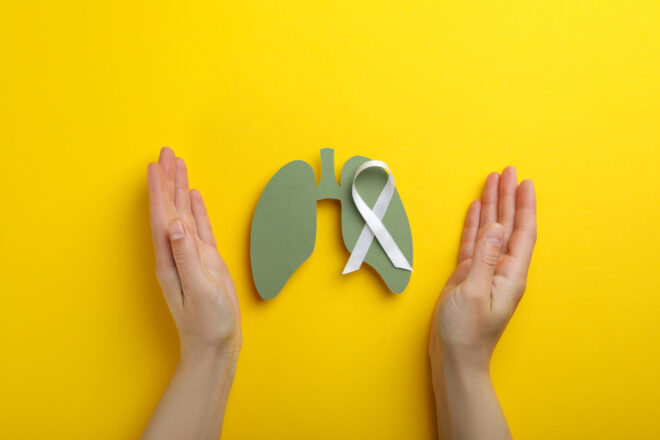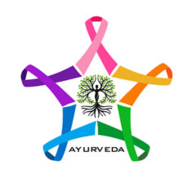١) ما هو القولون
يعتبر القولون جزءًا مهمًا من الجهاز الهضمي. يساعد القولون بشكل أساسي في معالجة الفضلات الناتجة عن المواد المهضومة. كما يساعد على امتصاص الماء والشوارد من المواد المهضومة. كما يعمل القولون على تحضير المواد المهضومة للتخلص منها. ويتكون القولون من عدة أجزاء هي كما يلي:
ا) الأعور: الأعور هو جزء من الأمعاء الغليظة حيث يتصل بالأمعاء الدقيقة. الزائدة الدودية متصلة بالأعور.
ب) القولون الصاعد: يقع على الجانب الأيمن من البطن ويمتد إلى الأعلى.
ج) القولون المستعرض: يقع القولون المستعرض في الجزء العلوي من القولون ويمتد أفقيًا.
د ) القولون الهابط: يقع على الجانب الأيسر من البطن ويمتد إلى الأسفل.
ر) القولون السيني: هو بنية على شكل حرف S ويؤدي إلى المستقيم.
يحتوي القولون على عدد كبير من البكتيريا المفيدة التي تساعد في تكسير الطعام غير المهضوم وإنتاج عناصر مهمة مثل فيتامين K يساعد القولون على تجميد الفضلات ويساعد في تكوين البراز.
۲) ما هو سرطان القولون
يشمل سرطان القولون، والذي يمكن أن يُطلق عليه أيضًا سرطان القولون والمستقيم، السرطان الذي ينشأ في القولون والمستقيم. سرطان القولون والمستقيم هو نوع من السرطان ينشأ أو يبدأ في الأمعاء الغليظة (القولون). يبدأ سرطان القولون والمستقيم عادةً على شكل كتل غير سرطانية وغير منسجمة من الخلايا تسمى السليلة. تكون هذه السليلة غير متحركة وتتكون في البطانة الداخلية للقولون أو المستقيم. مع مرور الوقت، قد تكتسب بعض السليلة طفرات إضافية ويمكن أن تؤدي إلى تحول سرطاني.
) عوامل الخطر لسرطان القولون والمستقيم ۳
لا يزال السبب الدقيق لسرطان القولون والمستقيم غير واضح ولكن هناك عوامل معينة تزيد من عوامل الخطر وهي:
ا) العمر: يتم تشخيص معظم المصابين بسرطان القولون والمستقيم فوق سن الخمسين عامًا ولكن من المعروف أن هذا المرض يمكن أن يحدث في أي عمر.
ب) العوامل الوراثية: يمكن أن تزيد الطفرات الجينية الموروثة مثل متلازمة لينش ومتلازمة السلائل الغدية العائلية (FAP) من خطر الإصابة بسرطان القولون والمستقيم.
ج) النظام الغذائي: يمكن أن يؤدي اتباع نظام غذائي غني باللحوم الحمراء واللحوم المصنعة ومنخفض الألياف إلى زيادة خطر الإصابة بسرطان القولون والمستقيم.
د) مرض التهاب الأمعاء: يمكن أن يزيد مرض التهاب الأمعاء مثل مرض كرون أو التهاب القولون التقرحي من احتمالية الإصابة بسرطان القولون والمستقيم.
۴) أعراض سرطان القولون
قد لا يسبب سرطان القولون في مراحله المبكرة أي أعراض، ولكن مع تقدم المرض قد تتضمن بعض الأعراض الشائعة ما يلي:
ا) تغيرات في عادات الأمعاء: قد تتجلى تغيرات عادات الأمعاء في الإسهال والإمساك الذي يستمر لأكثر من بضعة أيام. ومع تقدم المرض، قد تتفاقم هذه الأعراض تدريجيًا.
ب) النزيف عبر المستقيم: يمكن أن يتجلى سرطان القولون أيضًا في النزيف عبر المستقيم أو الدم في البراز. عادة ما يتم إجراء اختبار الدم الخفي في البراز (FBT) لتشخيص سرطان القولون.
ج) فقدان الوزن غير المبرر: فقدان أكثر من ١٠٪ من الوزن دون محاولة القيام بذلك يستحق المزيد من التحقيقات. يمكن أن يتجلى سرطان القولون في مرحلة متقدمة أيضًا في فقدان الوزن.
د) التعب أو الضعف: يمكن أن يكون الشعور المستمر بالضعف أو التعب علامة على سرطان القولون. لا يختفي هذا الشعور بالتعب أو الضعف حتى مع الراحة الكافية.
ر) ثقل في الأمعاء: قد يكون الشعور بالثقل أو عدم إفراغ الأمعاء بشكل كامل علامة على الإصابة بسرطان القولون. وقد يتفاقم هذا الشعور تدريجيًا مع تقدم المرض.
) إحصائيات سرطان القولون في الدول العربية
يعد سرطان القولون من أكثر أنواع السرطان انتشارًا في المنطقة العربية ويختلف معدل الوفيات حسب الدولة. وفيما يلي بعض الإحصائيات والاتجاهات:
ا ) معدلات الإصابة: يحتل سرطان القولون المرتبة الخامسة بين أكثر أنواع السرطان انتشارًا في معظم الدول العربية. ويحتل سرطان القولون المرتبة الثانية أو الثالثة في العديد من دول مجلس التعاون الخليجي. ويعد سرطان القولون ثاني أكثر أنواع السرطان شيوعًا في المملكة العربية السعودية ويمثل ما يقرب من ١١٪ من جميع حالات السرطان.
تحتل قطر المرتبة الثالثة في معدل الإصابة بسرطان القولون ويتزايد معدل الإصابة منذ العقد الماضي. وفي الإمارات العربية المتحدة، يحتل سرطان القولون المرتبة الثالثة بين أكثر أنواع السرطان شيوعًا بين الرجال والنساء. وتتمتع مصر بمعدل إصابة أقل بسرطان القولون مقارنة بدول الخليج الأخرى. وفي الأردن، يشكل سرطان القولون ما يقرب من ٩-١٠٪ من جميع حالات السرطان مع معدل إصابة أعلى قليلاً بين الرجال مقارنة بالنساء.
ب) معدلات الوفيات: تختلف معدلات الوفيات بسبب سرطان القولون بشكل مختلف بناءً على إمكانية الوصول إلى الرعاية الصحية ووسائل الكشف المبكر. معدل الوفيات من سرطان القولون مرتفع في المملكة العربية السعودية بسبب اكتشاف سرطان القولون في مراحل متقدمة. معدل الوفيات من سرطان القولون أعلى عمومًا في دول شمال إفريقيا بسبب انخفاض فرص الحصول على الرعاية الصحية وقلة الوعي المتعلق بالفحص.
ج) توزيع الأعمار: يصيب سرطان القولون عادةً الأفراد الذين تزيد أعمارهم عن ۵۰ عامًا. ومع ذلك، فإن معدل الإصابة بسرطان القولون يتزايد تدريجيًا بين السكان الأصغر سنًا وأكثر بين السكان المعرضين للخطر.
د) عوامل الخطر في العالم العربي: يرجع انتشار سرطان القولون المتزايد في الدول العربية إلى زيادة تبني النظام الغذائي الغربي الذي يحتوي على نسبة عالية من اللحوم المصنعة، وزيادة استهلاك السكر، واتباع نظام غذائي منخفض الألياف. كما يساهم نمط الحياة المستقرة والسمنة والتدخين بشكل كبير في ارتفاع معدل الإصابة بسرطان القولون في العالم العربي. كما تتسبب بعض الحالات الوراثية مثل متلازمة لينش في زيادة معدل الإصابة بسرطان القولون في الدول العربية.
٦) علاج سرطان القولون من خلال الأيورفيدا
الدكتور رافي جوبتا (الأيورفيدا) هو خبير مرموق في الأيورفيدا ويركز بشكل خاص على علاج السرطان من خلال طرق طبيعية وشاملة. يعالج الدكتور رافي جوبتا (الأيورفيدا) سرطان القولون من خلال الجمع بين مبادئ الأيورفيدا وطرق العلاج مثل العلاجات العشبية المصممة خصيصًا والشخصية والتوصيات الغذائية وإجراءات إزالة السموم مثل البانشاكارما.
يهدف الدكتور رافي جوبتا، استشاري سرطان الأيورفيدا، إلى إدارة أعراض ومرض سرطان القولون، وتحسين الحيوية العامة لدى مرضى سرطان القولون، ودعم الشفاء الطبيعي والشامل للجسم بشكل عام. يتضمن الهدف الأساسي للعلاج الأيورفيدي لسرطان القولون تعزيز الجهاز المناعي، وتقليل نمو الورم والسيطرة عليه، وتحسين جودة الحياة العامة لمرضى سرطان القولون.

يتضمن علاج سرطان القولون بالأيورفيدا طرق علاج مختلفة مثل:
يتكون العلاج بالأيورفيدا الذي ينصح به الدكتور رافي جوبتا، استشاري سرطان الأيورفيدا، من طرق علاج مختلفة، وتساعد طرق العلاج هذه في موازنة الدوشاس أو الطاقات الجسدية، وإزالة السموم من الدوشاس غير النقية، وتعزيز الشفاء الطبيعي. تتضمن طرق العلاج هذه:
ا) الطب العشبي: ينصح الدكتور رافي جوبتا، استشاري سرطان الأيورفيدا، باستخدام العديد من الأعشاب الطبية مثل الكركم، والأشواغاندا، والتريفالا، والجوجولو، وغيرها. الكركم (الكركم) له خصائص معروفة مضادة للالتهابات ومضادة للسرطان. يساعد الأشواغاندا على تعزيز جهاز المناعة ويساعد في محاربة الخلايا السرطانية. يساعد التريفالا في دعم الهضم لدى مرضى سرطان القولون، وتحسين صحة الأمعاء.
ب) إزالة السموم (بانشاكارما): ينصح الدكتور رافي جوبتا، استشاري سرطان الأيورفيدا، باستخدام البانشاكارما أو طرق إزالة السموم المختلفة لعلاج سرطان القولون. تشمل هذه البانشاكارما أو طرق إزالة السموم الباستي (الحقن الشرجية الطبية)، والأبيانجا (التدليك بالزيت) وغيرها. يساعد الباستي (الحقن الشرجية الطبية) على تطهير القولون من السموم ودعم صحته. يساعد أبيانجا (التدليك بالزيت الطبي) على تعزيز الدورة الليمفاوية وتقليل التوتر والحفاظ على صحة القولون.
ج) علاج راسايانا (العلاج بالتجديد): إنه فرع من فروع الأيورفيدا يركز على الرفاهية والتجديد والصحة للفرد. يساعد راسايانا أو العلاج بالتجديد على تعزيز الجهاز المناعي لمرضى سرطان القولون من خلال تأثيراته المناعية. يمكن أن تساعد المناعة الجيدة لدى مرضى سرطان الرئة في محاربة سرطان القولون بشكل أفضل. يساعد علاج راسايانا في تعزيز الجهاز المناعي وتجديد الخلايا السليمة. يساعد علاج راسايانا في دعم الحيوية العامة وتحسين مقاومة الجسم ضد الخلايا السرطانية.
للحصول على علاج “سرطان القولون” من خلال الأيورفيدا في مومباي (الهند)، يرجى الاتصال بالدكتور رافي جوبتا، دكتور في الطب الأيورفيدا على
٩٨١٩٢٧٤٦١١-٩١+أو يمكنك حتى مراسلتنا عبر البريد الإلكتروني: [email protected]


